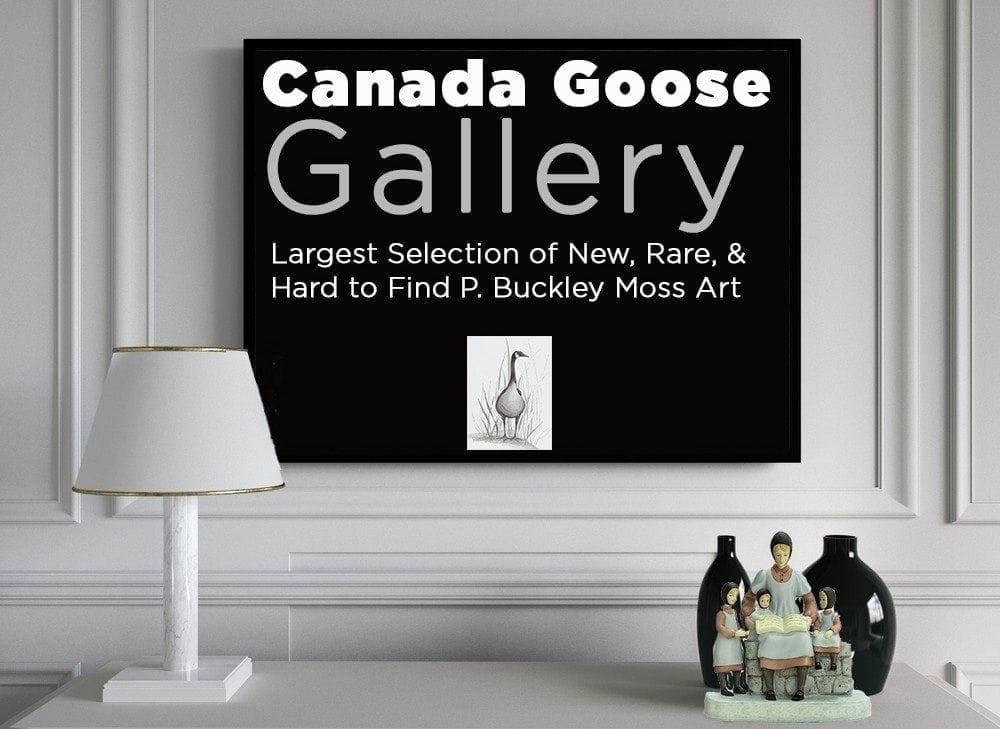
Black and White. There’s not much in life that’s strictly black or white. However, when talking about art, it really can be black and white and the proportions can be anything the artist wants them to be. The great thing about black and white art is the variety of light and darker shades that are created. No two pieces are alike and the interest and dimension of each work of art make the room feel completely different.
I remember, by chance, seeing one of Pat Moss’s black and white sketches while visiting her home many years ago. I was so taken by the strength and beauty of the art piece that it took my breath away. The lines and shading, simple as they were, made up a beautiful drawing that I have never forgotten. In fact, it is one of my personal favorites.
At that time, I had only known Pat’s works to be colorful and bold and here hung a sketch of a single cat whose expression and body language contained such a distinct attitude. I stood gazing at the piece and drifted for a moment into a memory of a family cat many years before. I am always amazed at how an artist can portray such emotions in their subjects, and this one having just simple lines in black and white. It’s a magical moment so let’s figure out how to display such works in your home too!
How do you decide how to pull together a mixture of subjects and styles when creating a gallery wall?
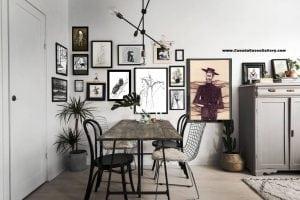
This black and white wall is an interesting mix of etchings combined with Giclee prints and a powerful silkscreen. I love that all the subjects are different and yet share the black and white theme of its warm corner space. It is a great opportunity to share with guests over a meal the wide array of art subjects and processes that can be hung on a wall and then appreciated like a gourmet meal!
The making of an etching is a hands-on process involving the work of an artist and an etching assistant who performs the printing mechanics. There is a craftsmanship that is remarkable and must be looked at up close to fully appreciate. Etching Collection plus for more details on the etching process click here
A Giclee print is an art image produced with the aid of a printer, guided by a digital file and the depositing of millions of tiny dots of ink on watercolor paper. This printing process results in a piece of art with a more brilliant array of colors than would normally be possible. The Giclee process also produces images that are more stable, more durable, and less affected by light. Even in black and white these Giclee images appear to explode off the paper!
Screen printing is a printing technique whereby a mesh is used to transfer ink onto a substrate ( a layer underneath), except in areas made impermeable to the ink by a blocking stencil. A blade or squeegee is moved across the screen to fill the open mesh apertures with ink, and a reverse stroke then causes the screen to touch the substrate (layer) momentarily along a line of contact. This causes the ink to wet the underlying layer and then to be pulled out of the mesh apertures as the screen springs back after the blade has passed. It sounds technical for sure, but I am sure we all have memories of doing such screen printings on T-shirts as kids.
By combining all three of these processes – Etching, Giclee, and Screen Print– our gallery wall is now filled with texture that makes the observer want to get up and come closer to art. This is the goal of any gallery wall you create in your home. Allowing the beauty to embrace the observer in a moment or two of an experience like no other.
Hanging Art: Did you notice the unique hanging technique going on here? Imagining another way to incorporate art that you love in new visual display format. Who says it all has to be even and eye level? Experiment! Think about introducing a matted image, clutched by a padded skirt hanger and hanging in the midst of your gallery wall. Make your guests get up and really look…”is that a..a.. hanger?” Take a closer look at our kitchen corner wall!
Yes! Mix unique hanging applications with conventional framed art and see how you like it! It could be really fun and I know for sure it will make your beloved pieces of art more endearing. Let’s break the rules!
And here is something else to consider: adding your own family photos with your favorite collectible art pieces will make your gallery wall even more enticing and fresh. People buy art that reminds them of family experiences and memories so why not pair them together? The story unfolds for all to see and enjoy. Make your home memorable and fun!
Pieces Shared above:
Precious Prayer Etching
Plate Size: 7-13/16 x 3-13/16 ins. Paper Size: 13-7/16 x 10-7/16 ins.
http://canadagoosegallery.com/product/precious-prayer/
Loving Touch Etching
Plate Size: 5-5/8 x 5-7/8 ins. Paper Size: 11 x 11-1/2 ins.
http://canadagoosegallery.com/product/loving-touch/
Flowers II Etching
Plate Size: 4-7/8 x 4 ins. Paper Size: 11 x 10 ins.
http://canadagoosegallery.com/product/flowers-ii/
The Olive Tree
Image Size: 3-7/8 x 4-13/16 ins. Paper Size: 9-3/4 x 11 ins.
http://canadagoosegallery.com/product/olive-tree/
The Lamb Etching
Plate Size: 5-3/4 x 5-7/8 ins. Paper Size: 12-15/16 x 11 ins.
http://canadagoosegallery.com/product/the-lamb-etching/
The Egret
Image Size: 9-3/8 x 6-1/8 ins. Paper Size: 11 x 8-1/2 ins.
http://canadagoosegallery.com/product/the-egret/
Horses Four
Image Size: 14-1/16 x 11-1/2 ins. Paper Size: 20 x 15 ins.
https://canadagoosegallery.com/product/horses-four/
Twins Etching
Plate Size: 14-3/4 x 11-13/16 ins. Paper Size: 22-1/8 x 17-3/8 ins
https://canadagoosegallery.com/product/twins-2/
Earthly Spirit Giclee
Image Size:11 x 8 ins.
http://canadagoosegallery.com/product/earthly-spirit/
The Silver Sentinel Giclee
IS: 6-3/4 x 4-3/4 ins.
http://canadagoosegallery.com/product/silver-sentinel/
Adding three-dimensional art:
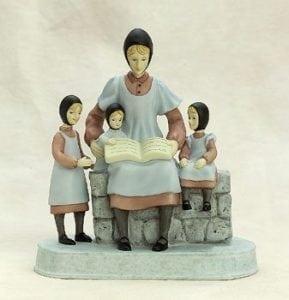
Adding three-dimensional art to your home décor brings interest and flavor to any room. Reading to my Girls figurine focuses on the values of family and the importance of reading, togetherness and sharing time with children.
Just had to add this into the mix!
Tie your casual dinner party together with this hostess touch; Solmate Socks!

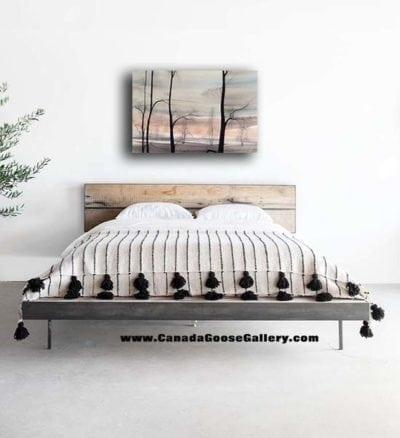




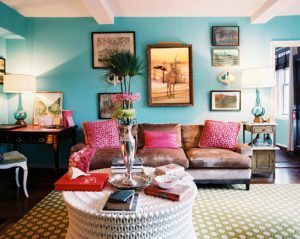

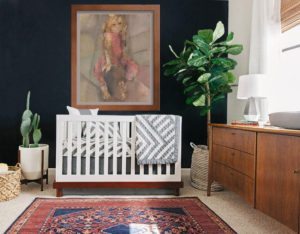


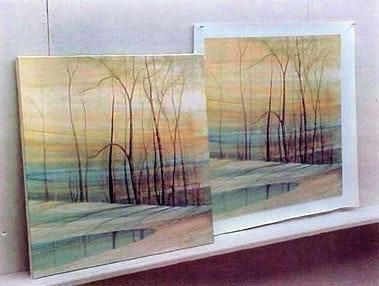
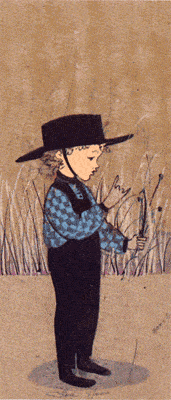
 An Artist’s Proof is just that: an image made for the artist by the printer. AP’s, Artist Proofs, are usually produced in smaller numbers than the general edition, are marked as AP’s, and may be signed and numbered as well. Because the number of Artist Proofs is smaller and because the APs are “closer to the artist’s hand,” signed APs tend to be more valuable than the prints of a signed and numbered limited edition.
An Artist’s Proof is just that: an image made for the artist by the printer. AP’s, Artist Proofs, are usually produced in smaller numbers than the general edition, are marked as AP’s, and may be signed and numbered as well. Because the number of Artist Proofs is smaller and because the APs are “closer to the artist’s hand,” signed APs tend to be more valuable than the prints of a signed and numbered limited edition.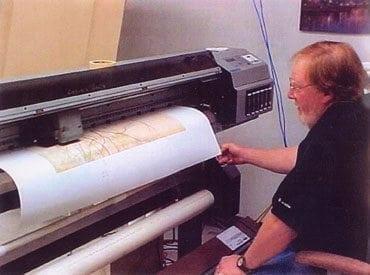
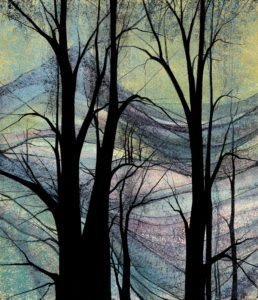
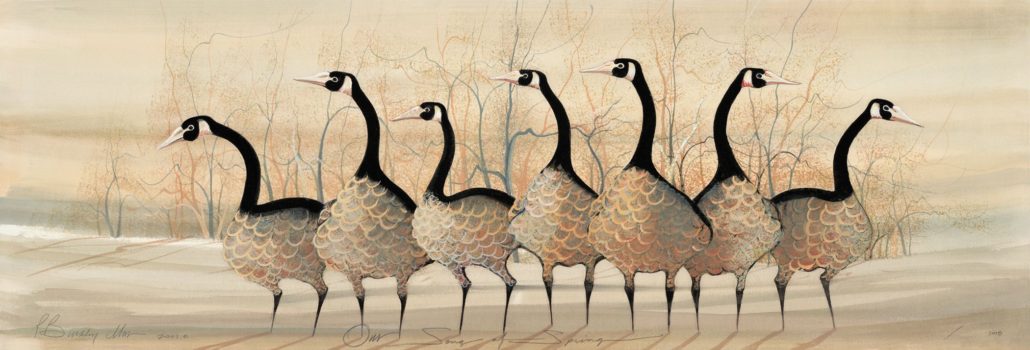
 In the early days of printing, prints could vary a bit from one print to the next but even when most of the P Buckley Moss print editions were printed as offset lithographs, or photographic reproductions of the original watercolor, the images didn’t vary and each print of the edition looked the same. Now, in the digital age, all but the oversized images by Moss are printed as giclee editions; a process of reproduction of the original watercolor using software and state of the art printers that produce more vivid colors, which make for amazingly detailed and vibrant prints.
In the early days of printing, prints could vary a bit from one print to the next but even when most of the P Buckley Moss print editions were printed as offset lithographs, or photographic reproductions of the original watercolor, the images didn’t vary and each print of the edition looked the same. Now, in the digital age, all but the oversized images by Moss are printed as giclee editions; a process of reproduction of the original watercolor using software and state of the art printers that produce more vivid colors, which make for amazingly detailed and vibrant prints. For the purpose of this post, we’ll be speaking with reference to signed and numbered, limited edition prints published by American artist, P Buckley Moss. Given today’s publication, smaller editions of her work are more common. Where once Moss edition sizes were almost always set at one thousand prints with twenty-five signed and numbered artist proofs, most limited editions printed today by Moss are more in the range of two hundred and fifty signed and numbered prints with twenty-five signed and numbered artist proofs. Some editions will print as high as five hundred signed and numbered prints and 25 signed and numbered proofs per edition but this is not the norm.
For the purpose of this post, we’ll be speaking with reference to signed and numbered, limited edition prints published by American artist, P Buckley Moss. Given today’s publication, smaller editions of her work are more common. Where once Moss edition sizes were almost always set at one thousand prints with twenty-five signed and numbered artist proofs, most limited editions printed today by Moss are more in the range of two hundred and fifty signed and numbered prints with twenty-five signed and numbered artist proofs. Some editions will print as high as five hundred signed and numbered prints and 25 signed and numbered proofs per edition but this is not the norm.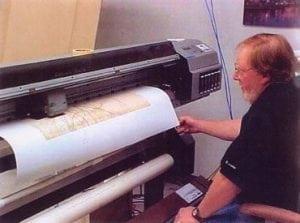 A bit of history with Moss Artist: In the early years (1974-1984) of publishing Moss works, the artist proofs were an essential part of planning each edition. The proofs were noted with an AP on each of the proofs but were not numbered. The reasoning could have been an issue with the process, although to look at each proof in my collection, you can’t really see significant differences in the prints. During those years, the proofs were actually used to determine how the edition was printed and the artist would approve or disapprove until the printing was an expression of what she intended the print to be.
A bit of history with Moss Artist: In the early years (1974-1984) of publishing Moss works, the artist proofs were an essential part of planning each edition. The proofs were noted with an AP on each of the proofs but were not numbered. The reasoning could have been an issue with the process, although to look at each proof in my collection, you can’t really see significant differences in the prints. During those years, the proofs were actually used to determine how the edition was printed and the artist would approve or disapprove until the printing was an expression of what she intended the print to be.